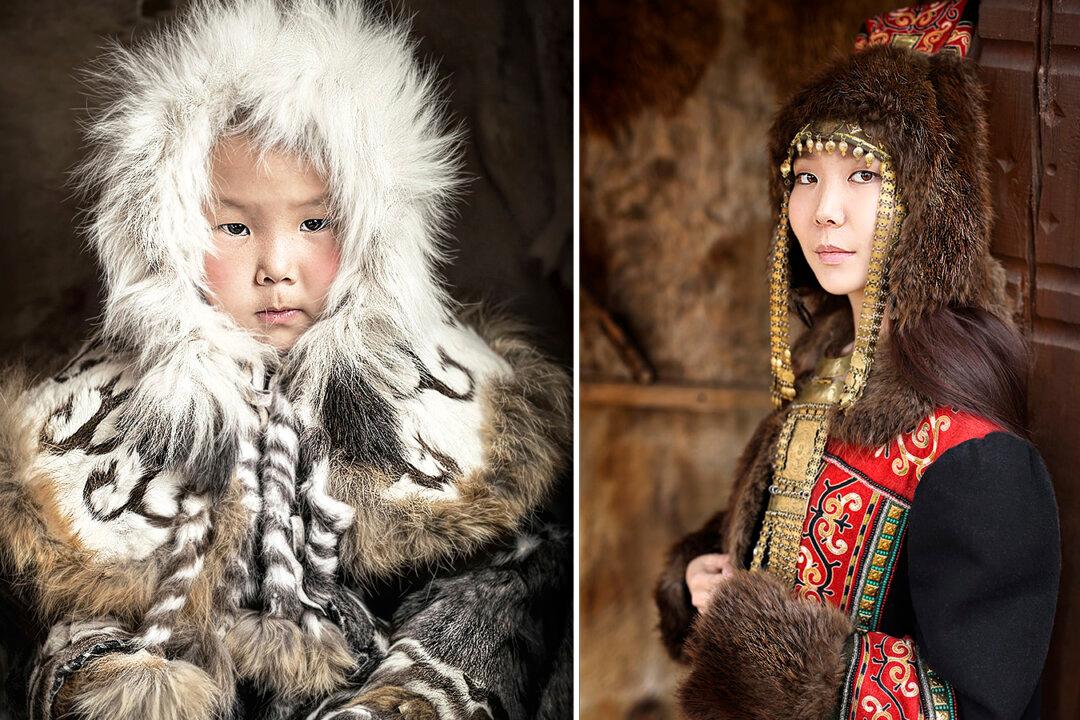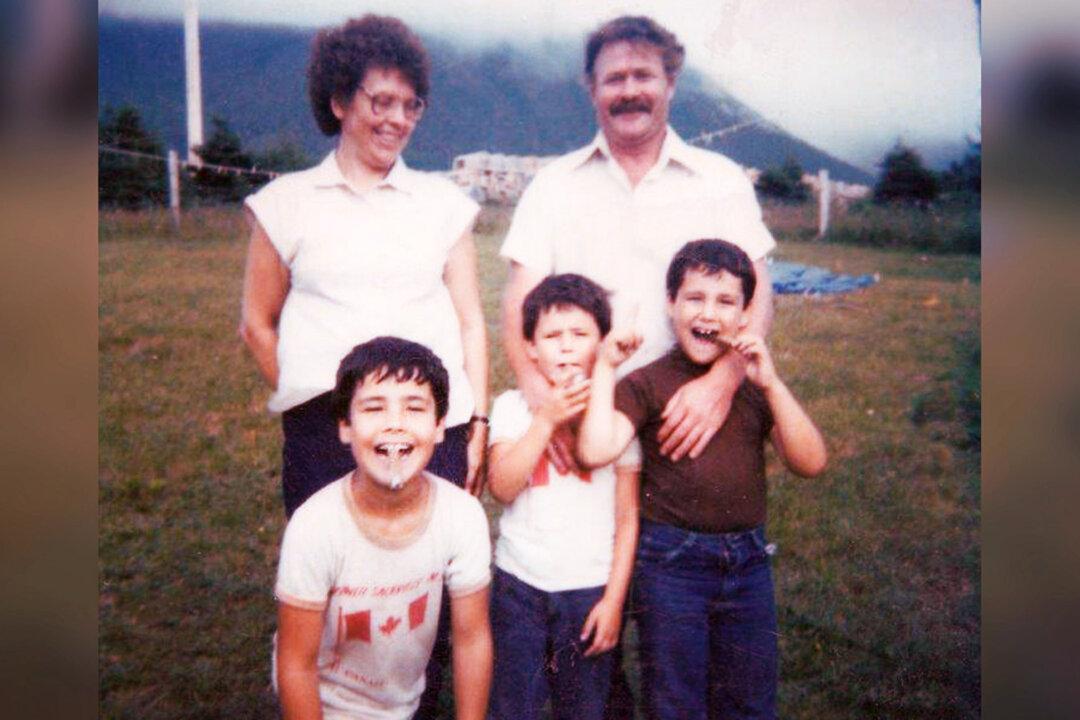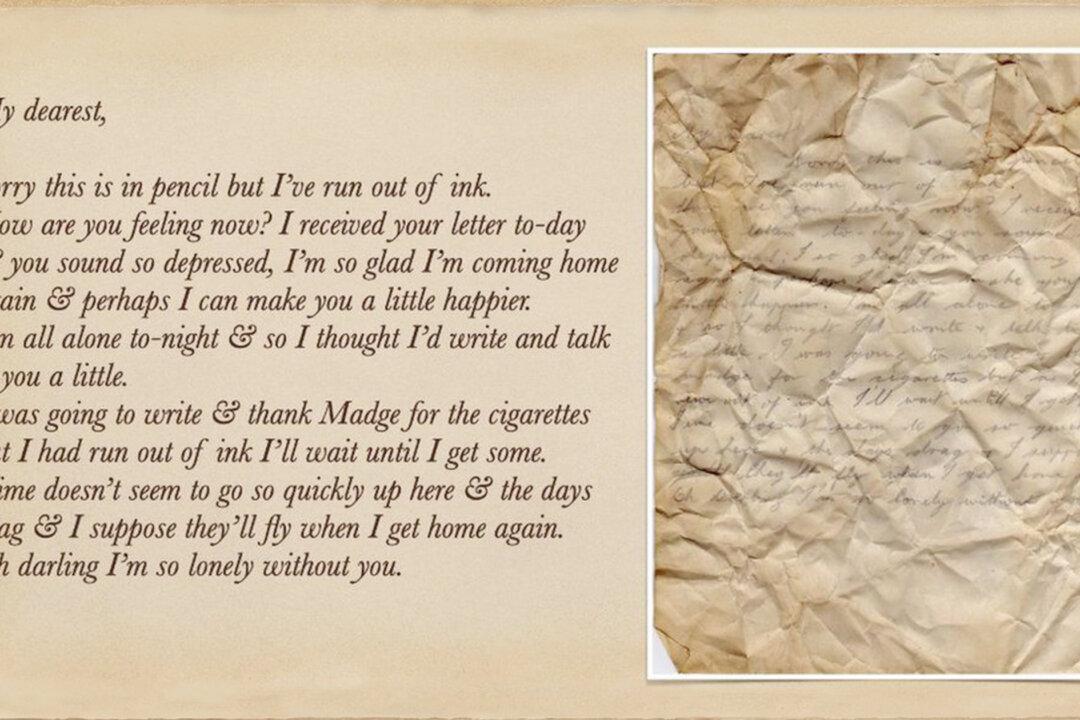Russian photographer Alexander Khimushin has garnered global attention for his inspired photography while documenting peoples of different cultures around the world.
His interest in the indigenous peoples of Siberia, in particular, has for years kept him exploring that extreme, unforgiving region. His stated mission has been to capture the faces of those last vestiges of ancient culture.






